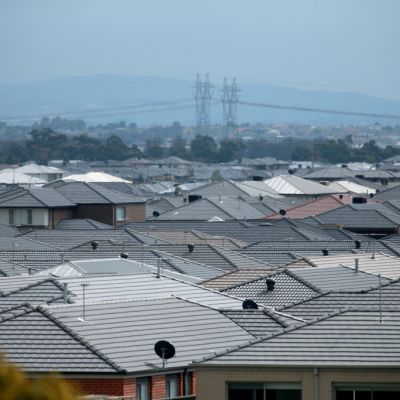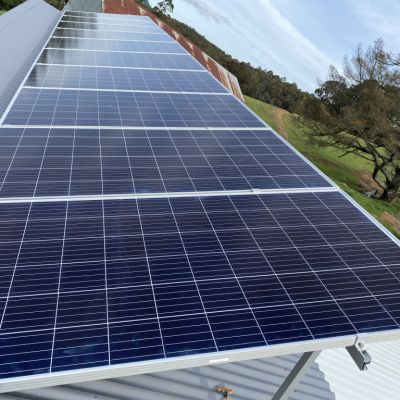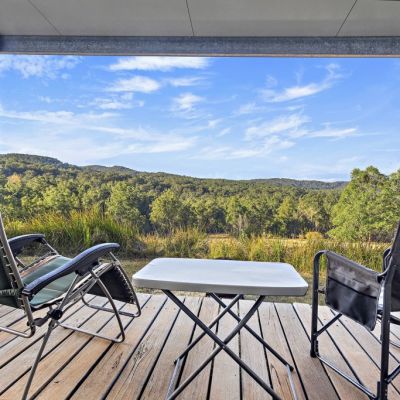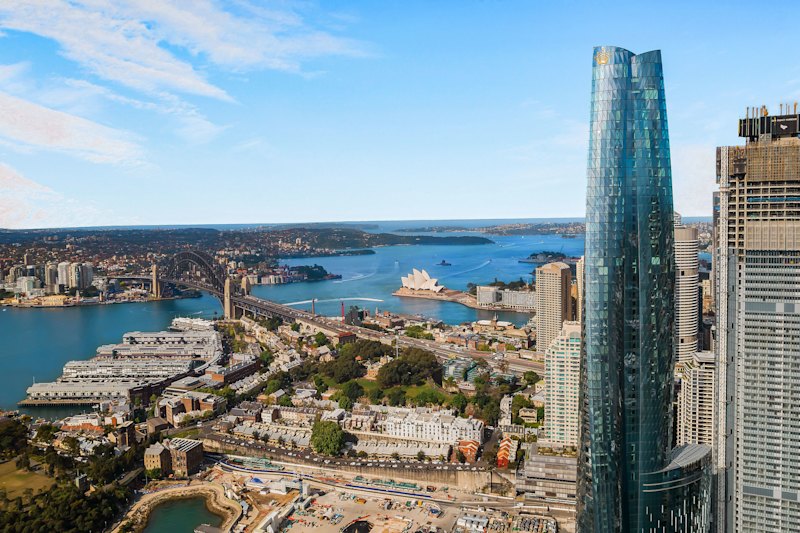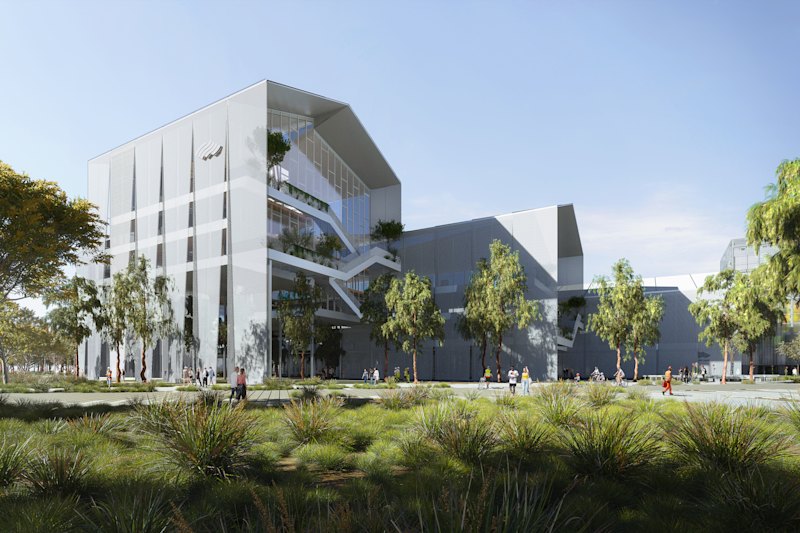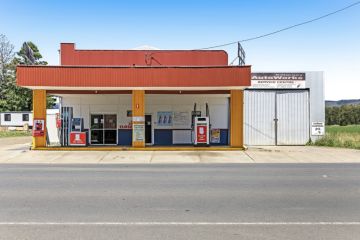Why airconditioning units fail to work on hot days in outer suburbs
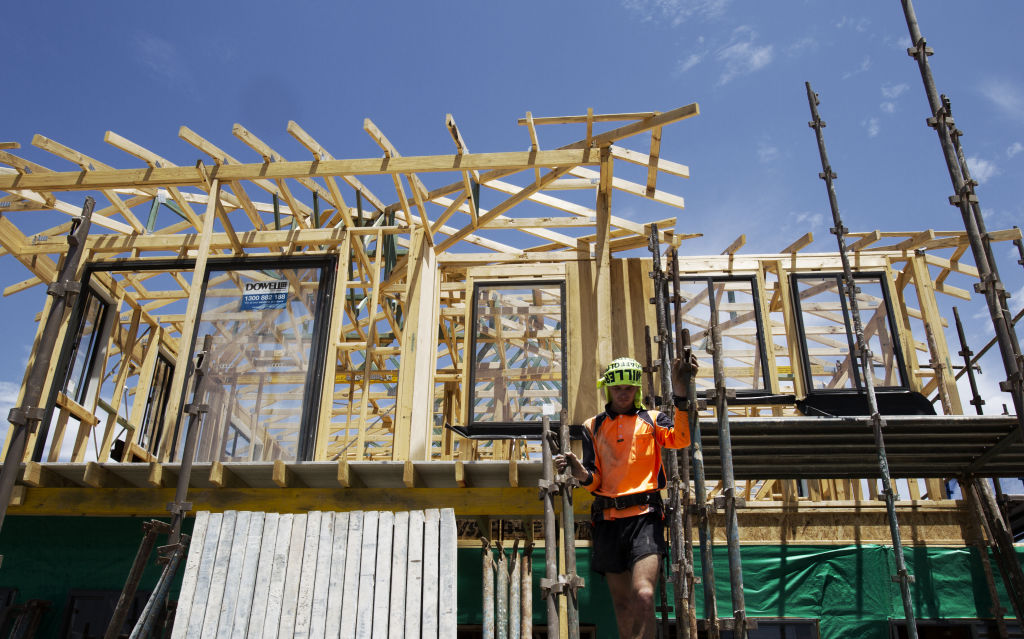
On a hot summer’s day, airconditioning technician Ace Halabi receives up to 40 calls to service units in western Sydney.
“In summer, a lot of the aircons break down because they’re overheating. They’re only made to cope with 48 degrees,” Mr Halabi said, director of ACE Air Solutions. “On the side of the houses if it’s blowing 50 or 60 degrees it’s getting a lot hotter than it’s built to handle.”
With block sizes getting smaller, homes are built gutter-to-gutter, leaving airconditioners without the space and airflow their external units require to operate properly. The building density also adds to the heat load in new house and land developments.
“A lot of homes are built boundary-to-boundary, so you try to put them on brackets or at the back of the house,” Mr Halabi said. “And because more properties are being built the heat load is getting hotter.”
He said it had been happening for the past 10 to 15 years and every year it gets worse with service calls “skyrocketing” at this time of year.
“Every year, summer gets busier and, a lot of the time, it’s service calls,” he said. “It gets to a point there are not enough aircon companies to handle the work.
“When it’s those very, very hot days, it can definitely be dangerous for older people or people who have issues with breathing.”
It is a similar story for airconditioning technician Aaron Broomfield who has lived in Penrith his whole life – a suburb that sometimes ranks as the hottest place on earth.
“When I got my apprenticeship in 2002, airconditioning was a luxury. Now it’s become a necessity,” Mr Broomfield said.
New house designs that barely have a boundary with their neighbours were becoming a “massive issue”, Mr Broomfield said.
“If you’ve got two aircons next door to each, they’d be doubling the temperature in those spaces. They need better designs and planning,” he said.
Builders and developers were building homes on dwindling land sizes without thought, Mr Broomfield said.
“They don’t care, they’re not fazed about it,” he said. “They’ve got aircon installed in houses where there is no access … they’re skimping [on land] to build more houses.”
Many western suburbs on the east coast are already exposed to the urban heat island effect, which sees temperatures rise due to increased urban development, including new housing and roads. At the same time, there is a lack of trees and parks to allow that heat to dissipate.
According to University of Melbourne urban planning professor Alan March, airconditioning units installed on lot sizes too small are exacerbating the heat load, and better building standards are needed to stop the issue from getting worse.
“You’d like to think developers and designers would do the right thing, but they will just meet the standards, so it does suggest we need better standards,” Mr March said.
“The developers will seek the greatest profit they can on developing land and the quickest way they can get their return, so they will simply build to that.”
The building and planning system looked at home building on a site-by-site basis when the heat island effect was a cumulative effect, Mr March said.
“Because we have this heat island effect and there is not much space between buildings and they’re not constructed to allow breezes to come through, you’re relying completely on airconditioning. We do have an escalation of problems.”
Without a comprehensive approach to solving rising temperatures due to urban development, the risk of people dying of heatwaves is significant, Mr March said.
“It is very dangerous. We have many more people dying from heatwave effects than bushfires,” he said. “People don’t hear about it. They assume those people will die anyway. It’s not true.
“It’s not just deaths; it’s injury and suffering that goes into the hundreds of thousands.”
We recommend
States
Capital Cities
Capital Cities - Rentals
Popular Areas
Allhomes
More
- © 2025, CoStar Group Inc.
